I have already tried out several image generation tools, and some of the images created adorn the posts on the blog. The results were often impressive, but there were always these little issues: long waiting times, inconsistencies in characters, or the feeling that the AI didn’t quite understand what I wanted. When the first information about a new tool from Google with the code name ‘Nano Banana’ emerged, the promises sounded almost too good to be true: lightning fast, precise, consistent. So I had to put this tool to the test.
What exactly is Nano Banana? The technology behind it
Basically, Nano Banana is a code name for a highly specialised and optimised AI model from Google – the Gemini 2.5 Flash Image. What really intrigued me were the key features being promoted with the new tool [1]:
- Lightning-fast generation: While I often had to wait 30 seconds or longer with other tools, Nano Banana delivers images in a matter of seconds. This makes experimenting and refining ideas extremely fluid. You enter a prompt, and almost instantly you have a high-quality image.
- Character consistency: I can upload an image or describe a character, and the model maintains that person or character’s identity across a whole series of images, even if I completely change the scene, clothing or lighting. This allows stories to be told visually, which previously was only possible with a lot of effort.
- High photorealism: The quality of the generated images is exceptional. Light, shadows, textures – everything looks incredibly natural and detailed. The AI seems to have a deep understanding of the physical properties of light and materials, which leads to very realistic results.
- Multi-turn conversation: Another thing that makes Nano Banana so intuitive is that you can change the image step by step. Instead of entering a single, long prompt, you can give instructions in several steps, such as ‘Make the lighting softer’ or ‘Add a sunset’. The AI understands the context and builds on the previous step.
Nano Banana in action: A lion at sunset
But enough theory, I wanted to see what Nano Banana was really capable of. My goal was to generate an image that was both aesthetically pleasing and technically impressive. I chose a motif that promised a certain drama and richness of detail. Here is the prompt I used:
A majestic lion running through a sunflower field at sunset, photorealistic, cinematic lighting, ultra-detailed.I entered the prompt several times. The following three images show the results.
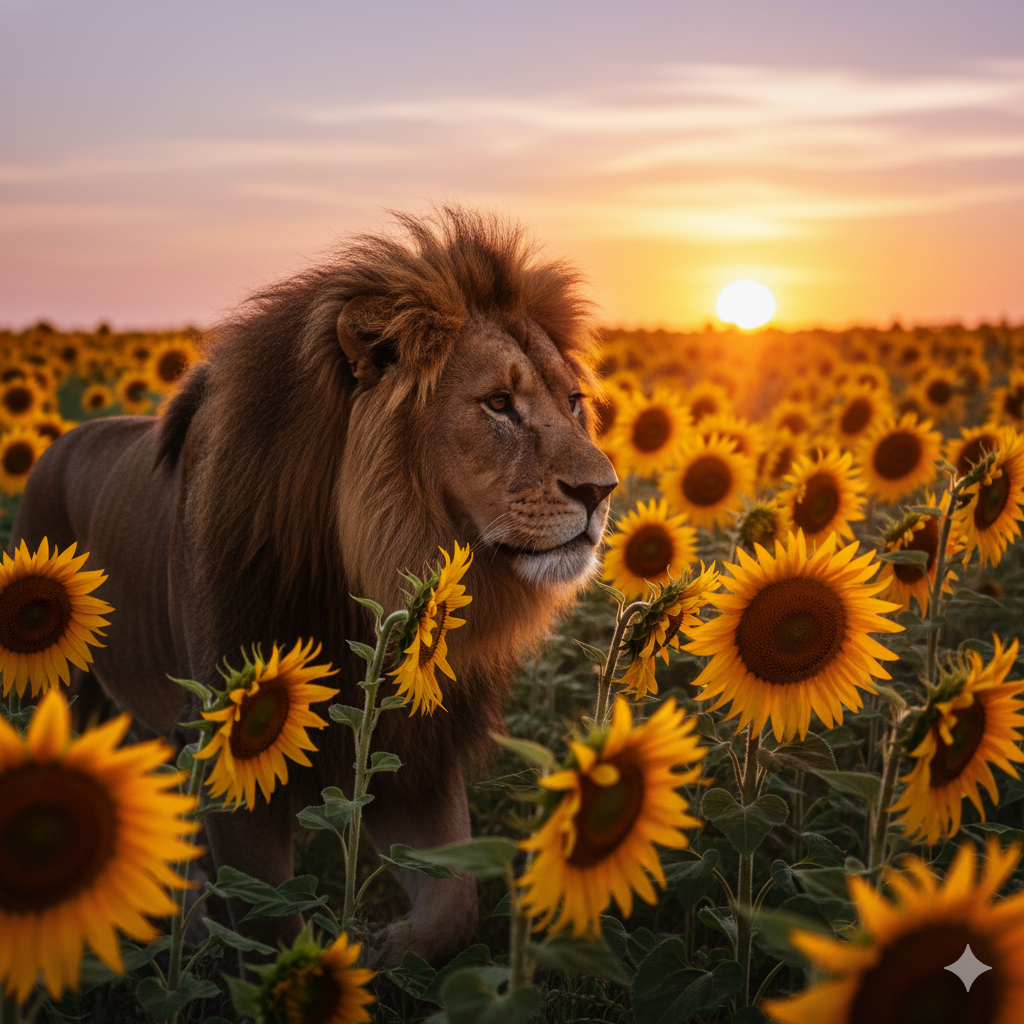
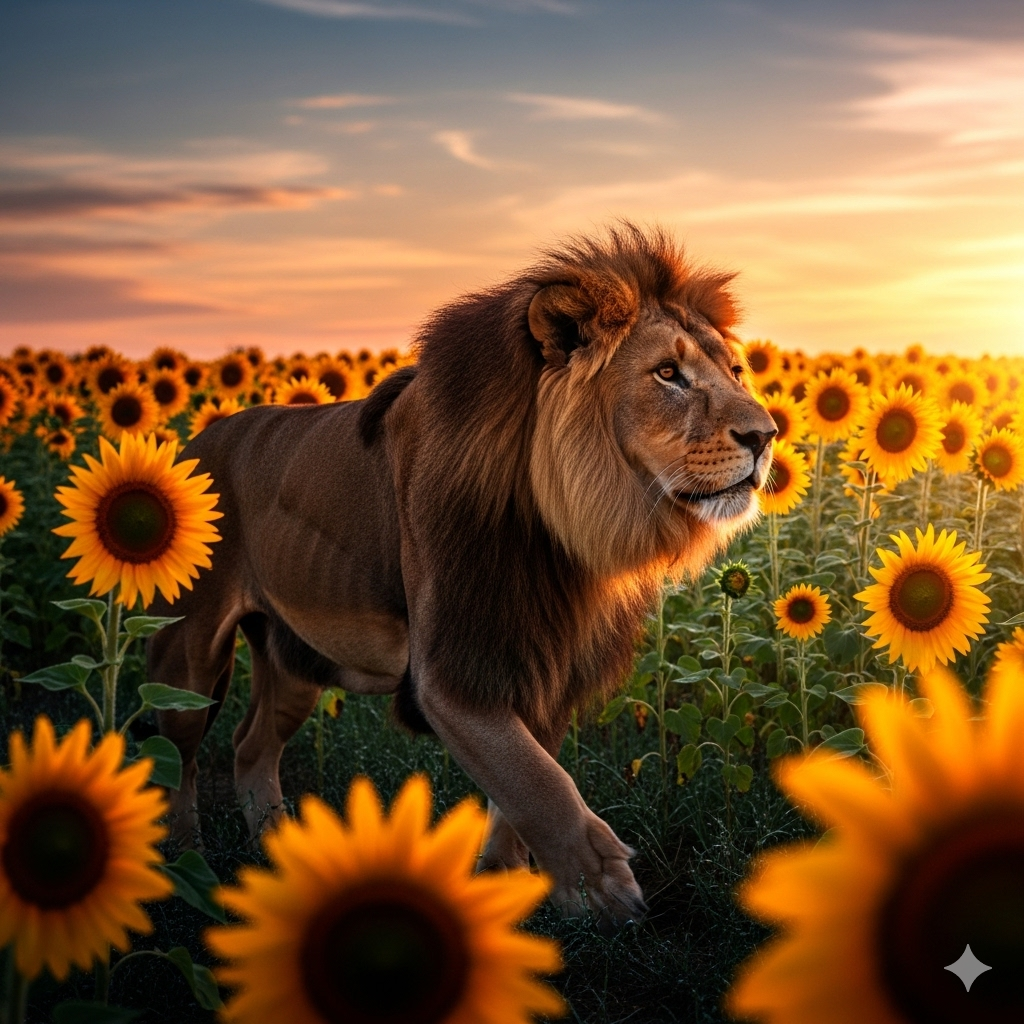
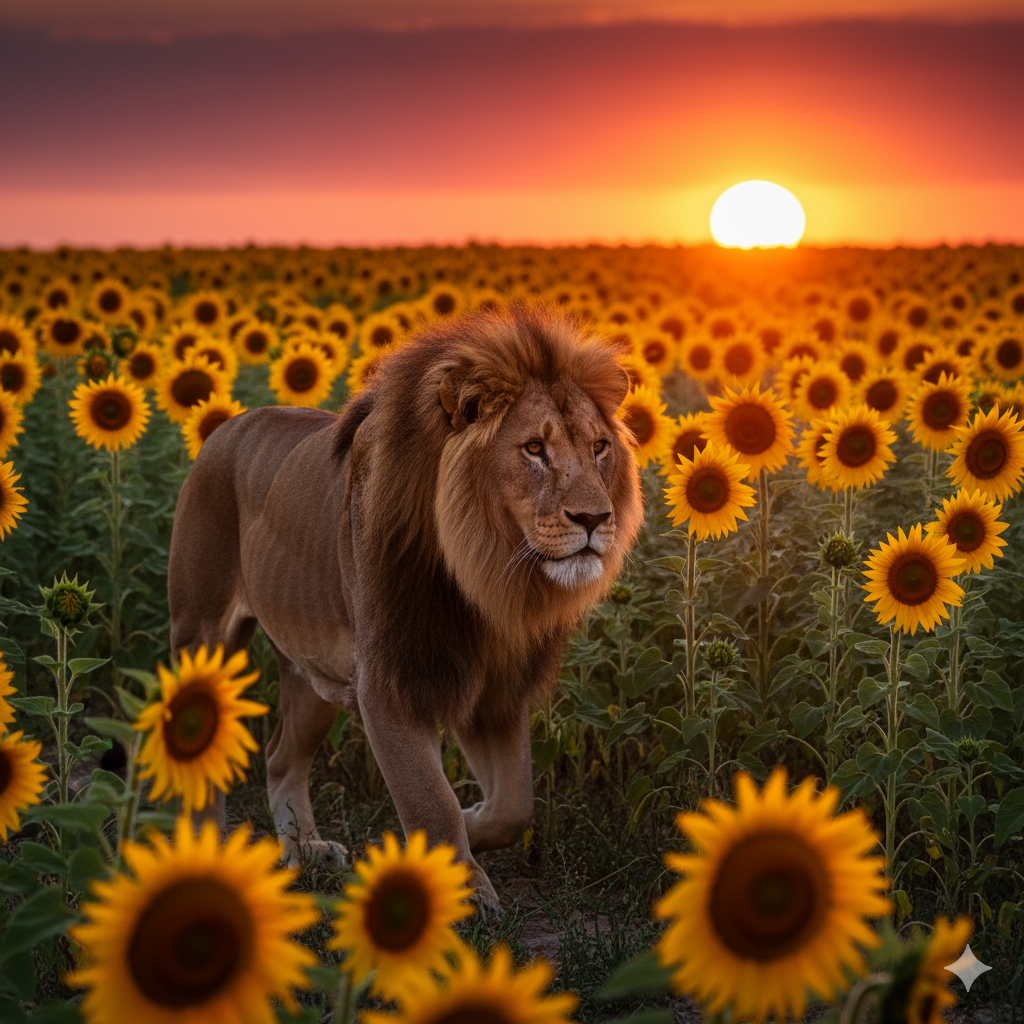
Note the details: the texture of the fur, the light reflections in the lion’s eye, the individual sunflowers illuminated by the setting sun. The image looks as if it were created by a professional wildlife photographer with a great deal of effort – yet it was created in a matter of seconds from a pure text description.
The game changer: consistency through reference images
After seeing Nano Banana’s impressive ability to generate a single image quickly and in detail, I was particularly excited about another feature: character consistency. Anyone who has ever tried to create a series of images featuring the same person or character using other tools knows how frustrating this can be. Each new prompt often generates a slightly (or even significantly) altered version of the character.
Nano Banana solves this problem in an elegant way. The model is able to take on the identity of a character from a reference image and maintain it in completely new scenarios. This opens up countless possibilities for storytelling, product presentations or the creation of content series.
How I tested this (and how it works):
I took my own portrait photo (let’s call it me.jpg, see. Who am I? – cherware.de) to display it in different contexts. With Nano Banana, this is surprisingly easy. You upload the reference image and can then refer to it specifically in the prompt.
A hypothetical prompt that shows the possibilities:
Create a full-body portrait of the person from the reference image me.jpg as a futuristic adventurer in a tropical jungle world dominated by glowing alien plants. She is wearing a weathered leather jacket and staring determinedly into the distance. Photorealistic, dramatic rainforest lighting, Ultra HD.The result:
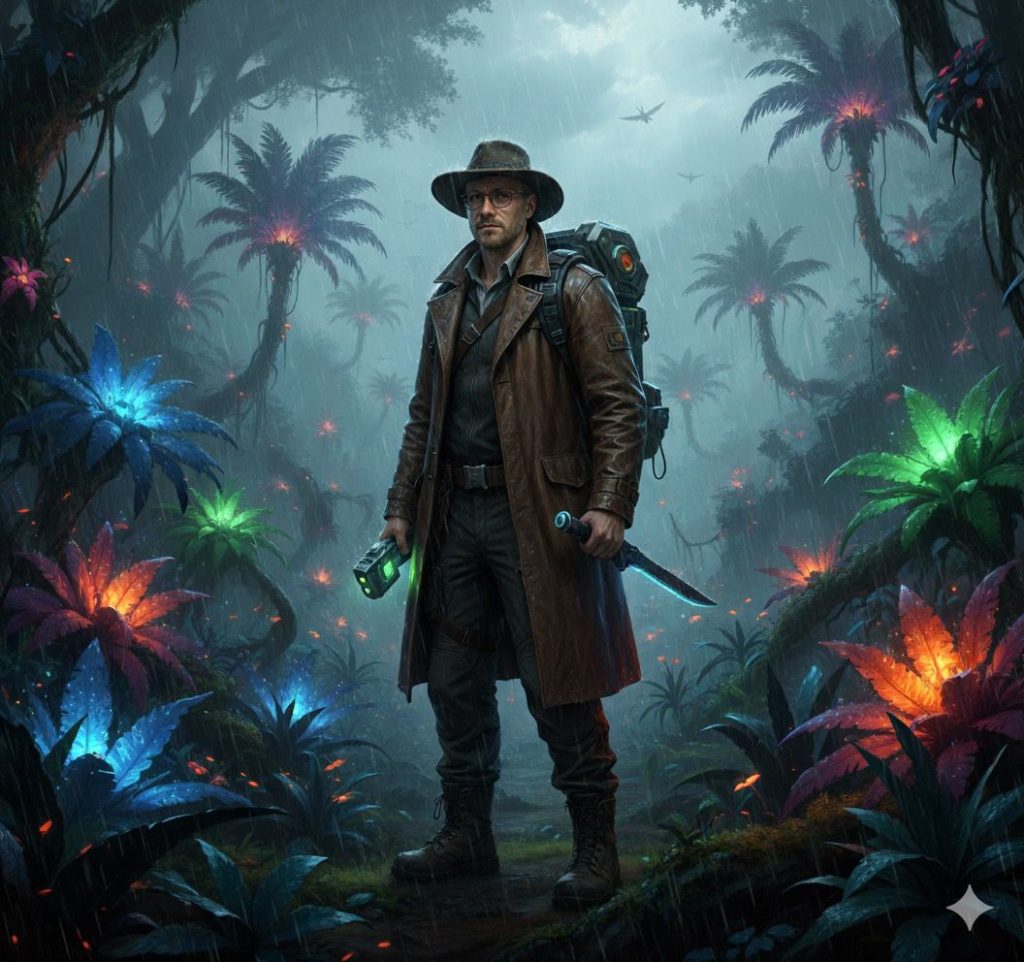
Admittedly, I wasn’t particularly impressed with the result at first. That’s why I had to keep going. Gradually, I ended up with a number of very different images. Here are two examples:
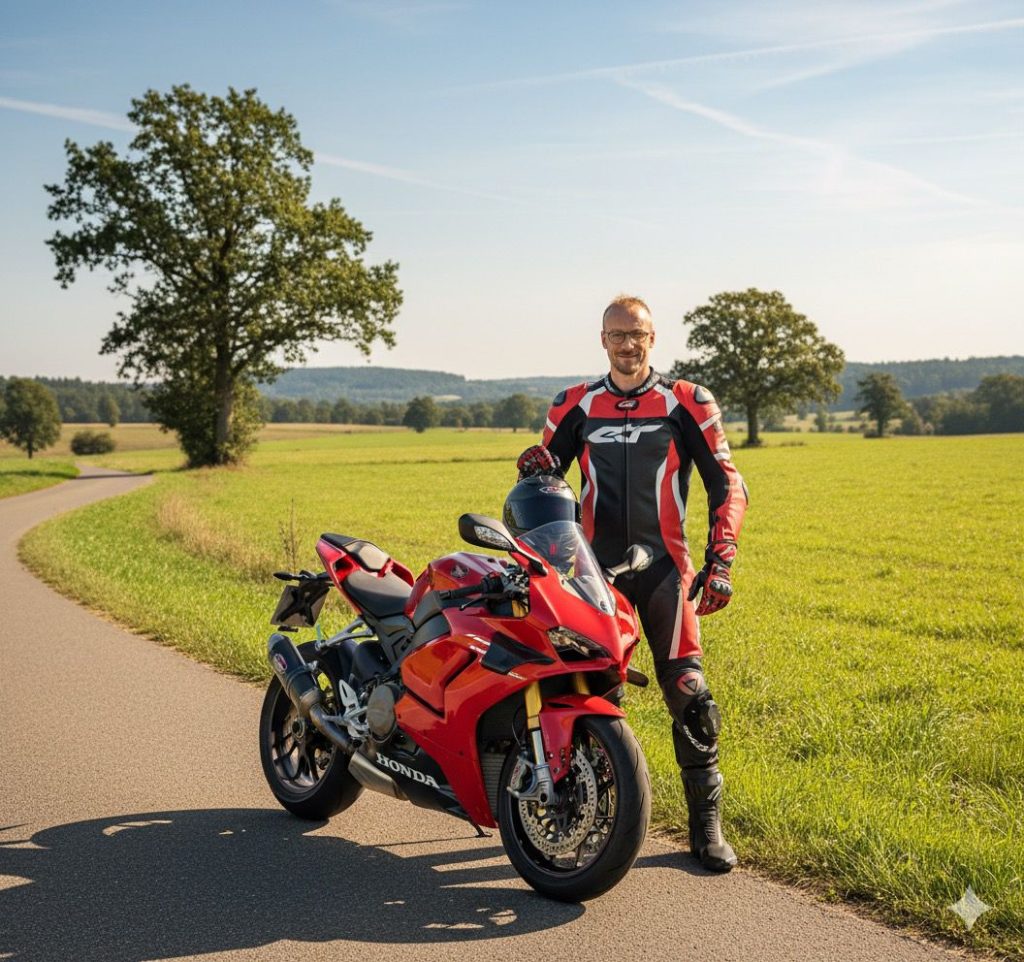

Here, too, I would say there is still room for improvement… and ultimately, I received images that convinced me.



Apparently, these images didn’t just convince me, because I set one of them as my WhatsApp status for a while and received a lot of questioning responses. No, I’m not a pilot.
At this point, however, it is important for me to make an important note: the use of faces, especially those of real people, always raises ethical and legal questions. I take great care to use only my own reference images or those for which I have express permission to use and edit. The issue of data protection and copyright is essential here.
It was as if the tool understood me. During further tests, I was no longer able to use reference images. Strange. I’ll have to keep an eye on that.
How to use Nano Banana
Nano Banana is a tool that is already accessible to many users. However, it is not a standalone product that can simply be downloaded. Instead, the technology is integrated into various Google platforms.
Here are the ways to access Nano Banana’s features:
- Google Gemini app: This is the easiest way for everyday use. The Gemini app on your smartphone allows you to generate and edit images quickly and easily. It’s the perfect place to go for creative ideas on the go or for initial experiments. This worked best for me.
- Google AI Studio: For those who want to delve deeper into the subject matter and experiment with prompts, AI Studio is the right place to go. It is a web interface that gives me direct access to the capabilities of Gemini 2.5 Flash Image. Here, you can play with different prompts, take full advantage of the multi-turn conversation function, and analyse the results in more detail.
- Vertex AI: For professional developers, companies, and agencies who want to integrate the technology into their own products or workflows, Vertex AI is the professional interface. Here, the functions of Nano Banana are provided as an API.
My tip for getting started: It’s best to start in the Google Gemini app or Google AI Studio. The intuitive use of prompts will quickly lead you to achieve impressive results. It’s all about just getting started and experiencing the magic for yourself.
References
[1] Nano Banana: Image editing in Google Gemini gets a major upgrade
Be First to Comment